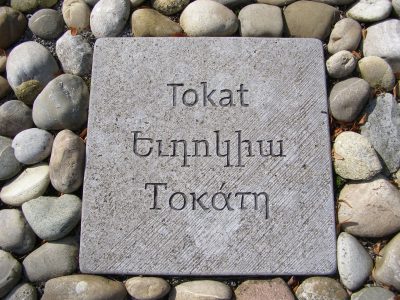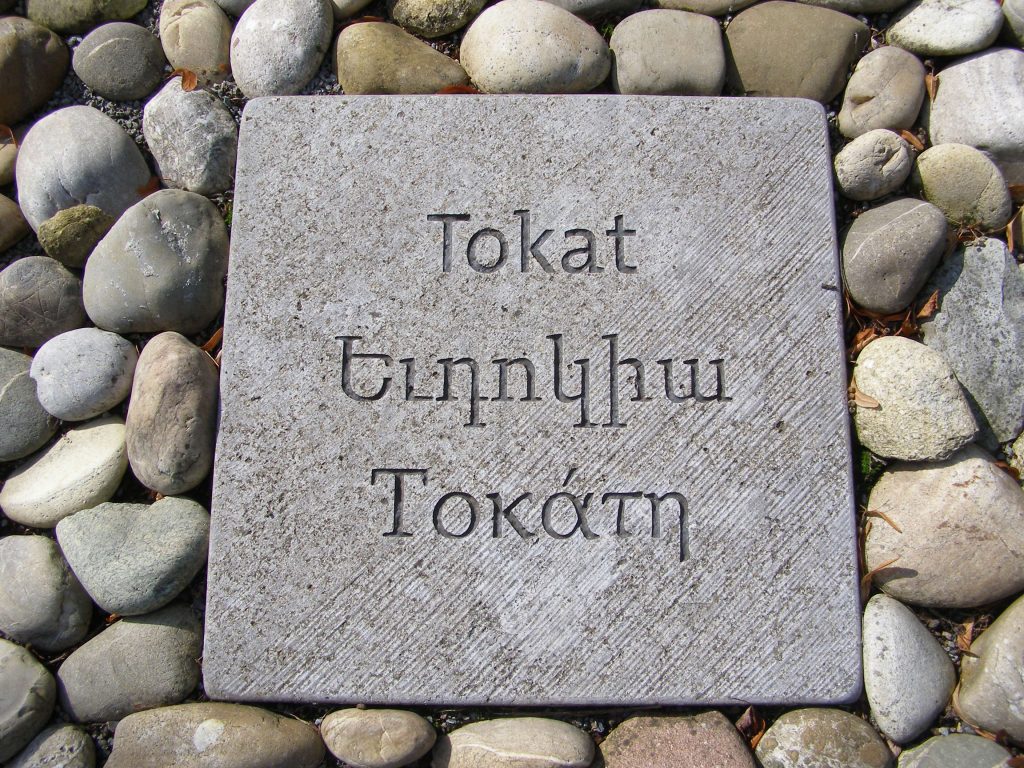
Administration
Located in the Western region of Pontos, the sancak of Tokat consisted of the four kazas of Tokat, Neocaesarea (Trk.: Niksar), Erbaa (Grk.: Erpaa), and Zile.
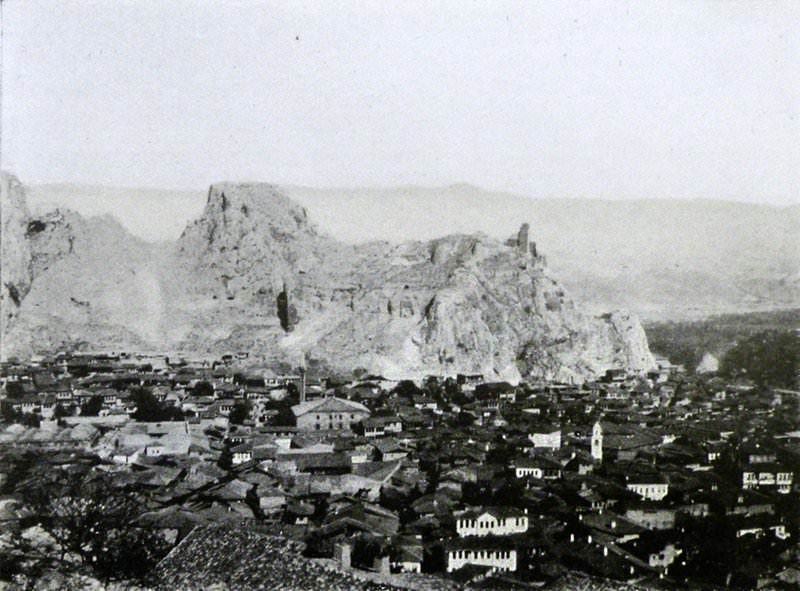
Christian Population
“The statistics compiled by the Patriarchate indicate that the sancak of Tokat had an Armenian population of 32,281 in 1914, which lived in 27 towns and villages that boasted 28 churches, two monasteries and 14 schools with a total enrolment of 3,175. Thus, the Armenian presence in this western district of the vilayet of Sivas was relatively modest, although, from an economic point of view, it was not negligible.”[1]
According to the analytical census of Dimosthenis Ikonomidis (Oeconomidis), there lived 47,000 Orthodox Greeks in the sancak of Tokat prior to WW1.[2]

Greek Settlements
Τοκάτη – Tokati (Tokat)
Γαλατερέτσιφλικ – Galateretsiflik
Εϊρέπ – Eyrep
Ζοντού – Zontu
Ιντζέσου – Intzesu
Κιρλίκ – Kirlik
Κιόβεσμε – Kiovesme
Σαλτ(σ)ούχ – Salt(s)oukh
Σαριγκιόλ – Sarigkiol
Τεκνετζίκ – Teknetzik
Τζιβάς – Tzivas
Τσερτιγίν – Tsertigin
Χαλιλεκιγκιλί – Halilekigkili(3)
Armenian Settlements
Աղաբաղի, Այվազա, Արգիլեդ, Բազարքյոյ, Բյուսգյունջիկ, Գետախազ, Գրիգորես, Գուրջի, Դարագյուղ (Դերեգեղ), Եվդոկիա, Զելա (Զիլե), Էնդիզ, Թախթիբաղ, Կափուաղզի, Կեսարա, Կեքսին, Հերեք, Յաթմիշ, Նեոկեսարիա (Նիկսար), Չարչի, Չիփթլիկ, Չողշար, Պիծեռի (Պիզեռի), Պոլիս, Սախարչալ, Սարիկայա (Սարըղայա), Վարազ, Քարվանսարայ:
Aghabaghi, Ayvaza, Argiled, Bazarköy, Byusgunjik, Getakhaz, Grigores, Gurji, Daragyugh (Deregegh), Evdokia (Tokat), Zela (Zile), Endiz, Takhtibagh, Kapuaghzi, Kesara, Kek’sin, Herek’, Yat’miş, Neokesaria (Niksar), Charchi, Çiftlik, Chughshar, Pitseri (Pizeri), Polis, Sacharchal, Sarikaya (Sareghaya), Varaz, Karvansaray.[4]
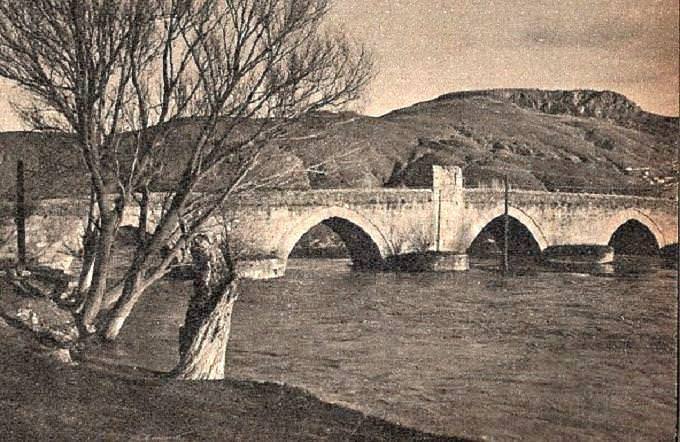
Destruction
Greeks
“In October 1916, a brigade was sent against the Inoi/Ünye area, supposedly to capture guerrillas. Ioakeim Saltsis notes that in the course of those events, after the Ottoman brigadier had the notables of eleven Greek villages arrested as hostages, he moved on to the area of Keris. One of those villages belonged to the estate of Nikolaos Yeleklidis, a merchant and land-owner of Inoi/Ünye and a notable of the community. Due to the lie of the land, the guerrillas decided to make a stand there. The ensuing battle which lasted 24 hours, the brigade, trained their artillery on the guerrillas. When the guerrillas ran out of ammunition, they managed to escape. N. Yeleklidis and his son Yiorgos were brought before a court-marshal, but were found innocent. Nonetheless, they were executed on the demand of the Turkish landlords and military commanders of Inoi. Another 520 villagers in the area who had also been taken as hostages were massacred along with them. As a conclusion to these events, all eleven villages were burned to the ground and the women, children and elderly of Neokesaria (Niksar), Tokat and Amasya were displaced, meaning that they were subjected to ‘white slaughter.’”[5]
A 1918 report of the Ecumenical Patriarchate (Constantinople) on the situation in the diocese of Nicopolis and Kolonia of Pontos stated: “In the Tokati [Tokat] villages, the men were either killed or died of hunger. The women and children were forced to convert to Islam. The wealthy Greek Longinos, from the village of Karacevik, had all his properties seized and was forced to become an apostate. Moreover, he was obliged to abandon his wife and marry a Turkish woman, Ayşe”.[6]
Persecutions, massacres and deportations continued after WW1
On 2 June 1921, the deportation of Destek was ordered because the residents had allegedly provided moral and material support to partisans. “The bodies of the murdered were buried in graves dug days before, behind Pekir [Bekir] Pasha’s house, on the orders of Nureddin Pasha, commander of the Fourth Division. ‘Bareheaded and barefoot’, the survivors were exiled to the interior of Anatolia: Sivas, Kangal, Hekim Han, Kurun [Gürün], Derende, Elbistan, Maras, Pesni, Malatya, Bakır Maden, Harput, Diyarbekır, Bitlis and Van.”[7]
Testimony of Aristidis Tsilfidis (1915-2006) from the village Gölcük (sancak Tokat)
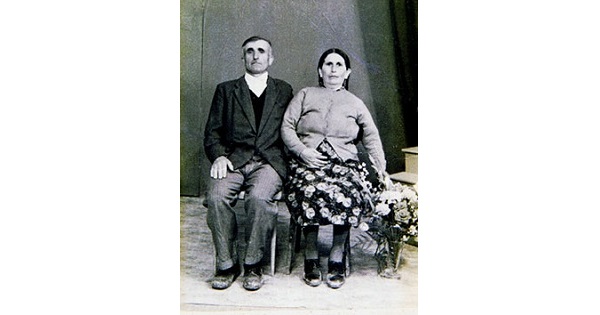
https://www.greek-genocide.net/index.php/quotes/testimonies/aristidis-tsilfidis
